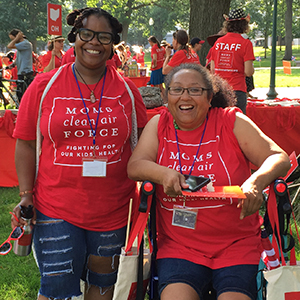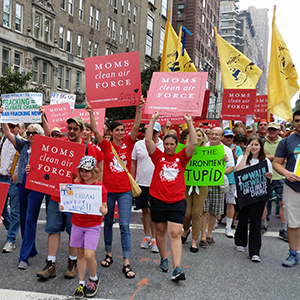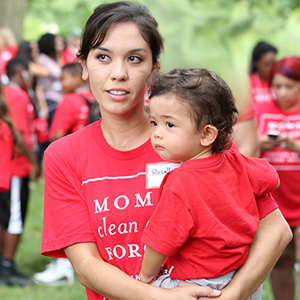
President Trump outraged the world when he thumbed his nose at the Paris Accord. Almost every country in the world had signed this international agreement, including the U.S. when Barack Obama was president. It was hailed as groundbreaking because for the first time, all countries but two – Syria and Nicaragua – volunteered to set and meet ambitious goals to reduce climate change.
By all accounts, the Paris accord would have stimulated American job growth, the economy, and the transition to clean safe fuels like solar energy and wind power. And it will. Since the rest of the world plans to adhere to the agreements they struck under the accord. So do many individual states, realizing that it’s good for their economies and citizens to build and live in a healthier world.
Speaking of citizens, that’s where you and I come in. It’s always been important for each of us to use energy more efficiently and to figure out where we can reduce our own “carbon footprint,” the impact we individually make by using fossil fuels like coal and oil.
We can’t let up now, especially if we want to show the Trump Administration that reducing climate change is an American priority, despite what they say or do. But if you want to create and adhere to your own “Paris Accord,” where should you start? What should you do?
Here’s a 5-Step Personal Paris Accord Plan you could adopt that would help you reduce your own carbon footprint significantly.
- Reduce Food Waste – Here in the U.S., “producing the food we throw away generates more greenhouse gases than most countries do.” What’s the solution? Make weekly meal plans BEFORE you go grocery shopping so you will buy what you actually plan to eat, and then will eat what you buy. Keep leftovers in front of your fridge and in clear glass containers so they don’t moulder in the back of a shelf where they’re out of sight and out of mind. Ignore most “sell by” and “best before” dates, which are arbitrary and don’t actually reflect whether or not the food is safe or good to eat. Avoid buying food that’s on sale just because it’s cheaper. If you can’t eat it when it’s fresh or freeze it until you can, it will just go to waste – and that will cost you more money in the long run.
- Eat More Fruits and Veggies, Less Meat – Producing beef, chicken, pork and dairy products has a big impact on greenhouse gases in part because the animals that source these foods emit so much gas themselves! The good news is that Americans’ diet-related carbon footprint has been shrinking as people swap out meat for plants. Want some great meatless recipes to get started? I’ve pulled together some of my favorites here.
- Protect Forests and Plant Trees – Trees and forests offer so many climate change benefits, they should be considered a superhero. They absorb and hold carbon, protect ground water, conserve the soil, and help filter the air. You can help protect tropical rainforests by shifting your spending to shade-grown coffee rather than coffee grown on clearcut plantations. Closer to home, plant and maintain trees on your own property and in your community. American Forests’ American ReLeaf program has helped plant more than 40 million trees in all 50 states!
- Educate Girls, Especially on Family Planning – The Drawdown project reports that “Education lays a foundation for vibrant lives for girls and women, their families, and their communities. It also is one of the most powerful levers available for avoiding emissions by curbing population growth. Women with more years of education have fewer and healthier children, and actively manage their reproductive health.” In the U.S., 45 percent of pregnancies are unintended.
- Switch to LEDs – LED lights use 90 percent less energy than incandescent bulbs for the same amount of light, and half as much as compact fluorescents, CFLs. They offer another benefit over CFLs, too: they contain no mercury, so they’re safer to use and throwaway. Plus, they seem to last forever – sometimes 10 or more years. LEDs are available for every fixture in every room. And though they can be slightly more expensive than other options, their added cost is more than offset by the money saved on electric bills.
Want more great ideas? Here are more ways to create a Clean Power Plan for your home.




